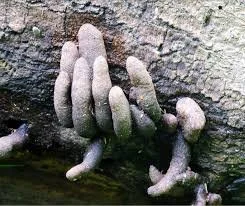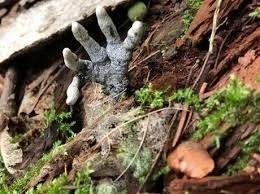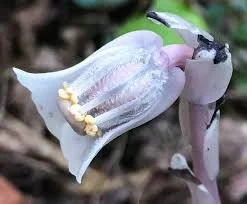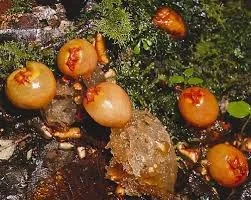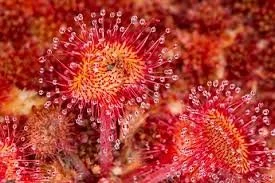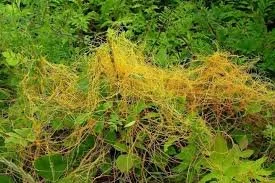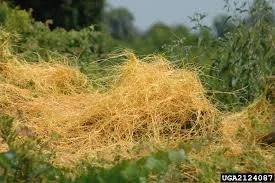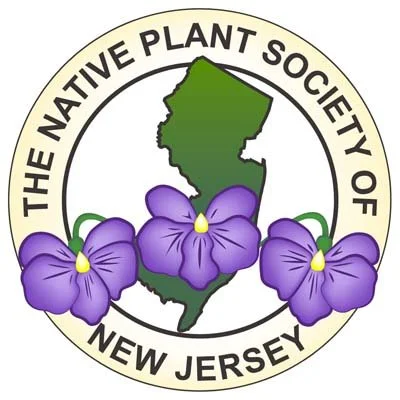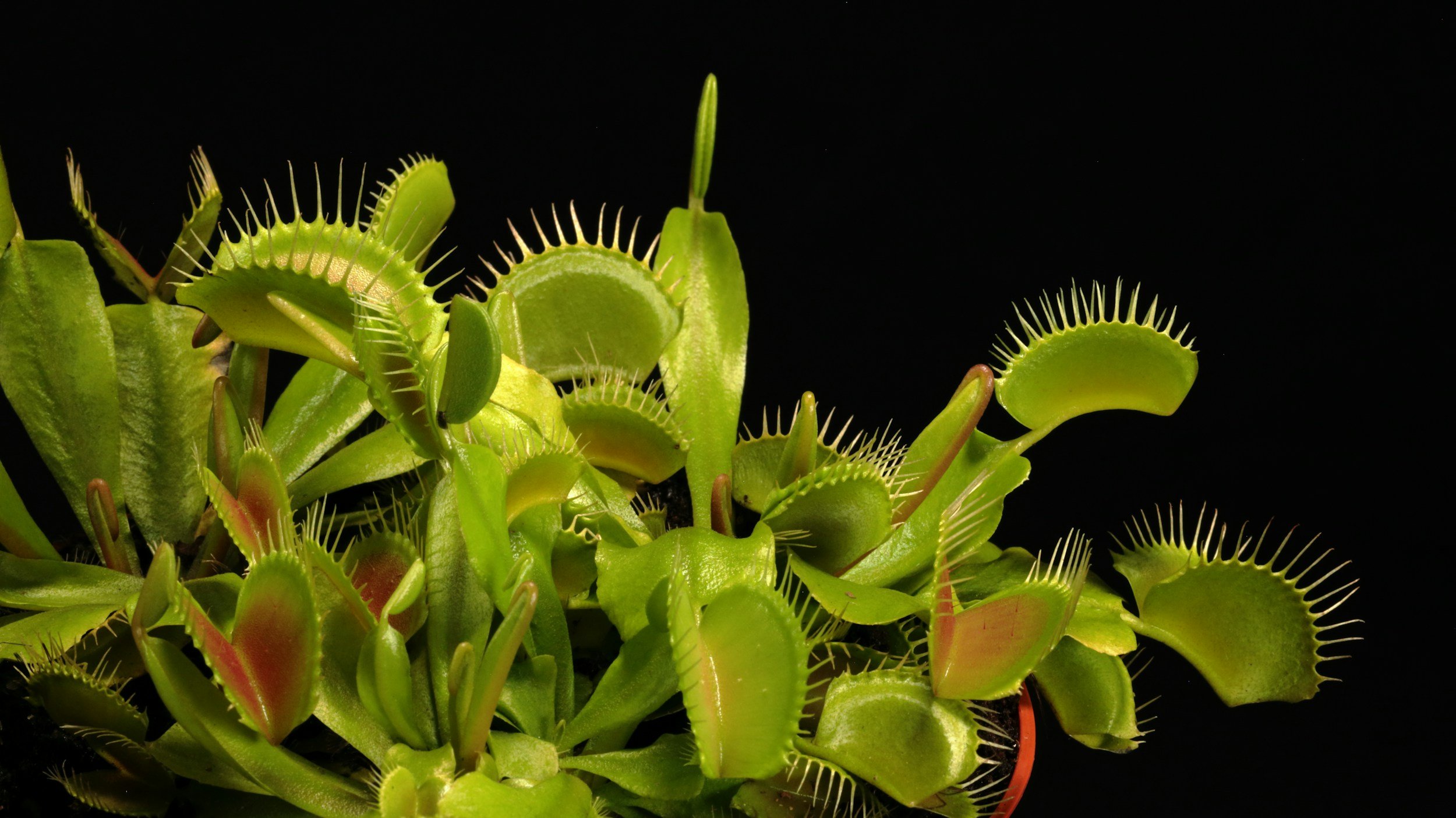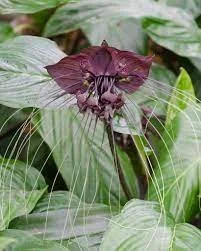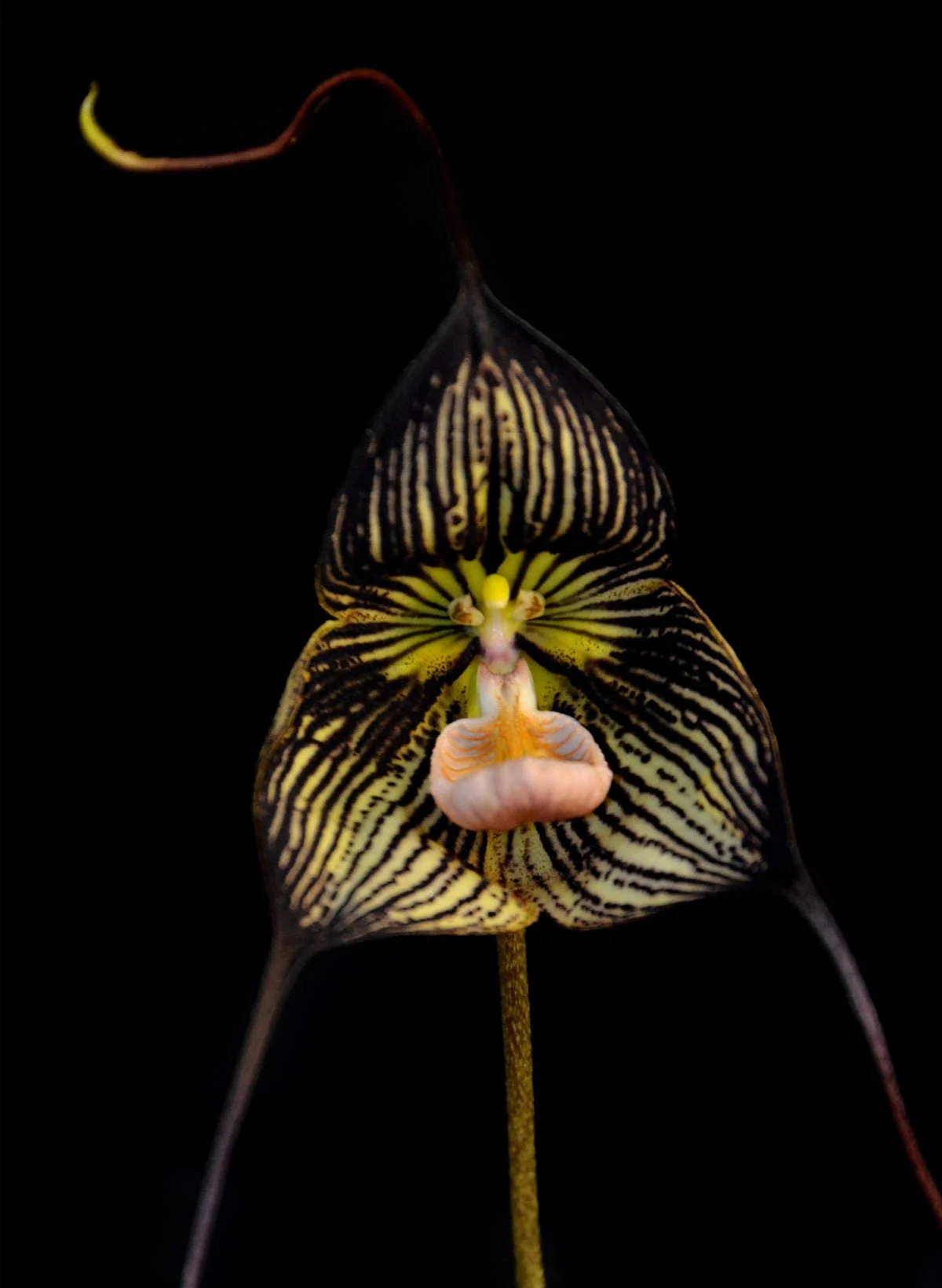Creepy, Weird Plants To Haunt A Spooky, Freaky Friday Halloween Vibe
While we all can pretty much agree on how much we love Nature’s pretty plants and what those beauties are, there are plenty of plants that I can hear you describing in a well-worn saying, just slightly paraphrased, “that one's got a look that only a mother could love.”
But it’s the spooky time of year and so oddities are in order. And here, I share a veritable Rogues Gallery of Botanical Oddities.
I am a member of The Native Plant Society of New Jersey and therefore was invited to their very topical Fall Conference November 1 on Weird Plants! And you can too. Details later. (Teaser: it’s Free).
This year, the Native Plant Society of New Jersey (NJPS) said it’s focusing on the less familiar species—the unusual, rare, and unique plants that make the state’s & local area ecosystems so distinctive.
Botanical Oddities
NJPS Conference notes: From parasitic plants that lack chlorophyll to carnivorous species that trap insects, from ancient plant lineages that predate the dinosaurs to aquatic plants that evolved on land before returning to water, New Jersey’s flora includes species that challenge our assumptions about how plants work. These “weird” plants aren’t just curiosities—they’re indicators of specialized habitats, key players in complex ecological relationships, and windows into evolutionary history. Understanding them helps us appreciate the full complexity of our native ecosystems and the importance of protecting diverse habitats.
Here’s a few of the Spooky Botanicals that might give you nightmares 😳
Wattpad photo
Dead Man’s Fingers (Xylaria polymorpha) ~ The name alone is rather frightful. Dead Man’s Fingers is a fungus that feeds on decaying hardwood stumps and roots, forming clusters of erect, black, finger-like fruiting bodies up to 8 cm tall, often emerging in temperate woodlands during spring and autumn. Image of white fingers in the post lead is also Dead Man’s Fingers.
Washington Native Plant Society photo
Ghost Pipes (Monotropa uniflora) is a non-photosynthetic flowering plant that lacks chlorophyll and derives nutrients by parasitizing mycorrhizal fungi, producing translucent white stems topped by solitary nodding, bell-shaped flowers in shaded temperate forest understories. BOO! 👻
Mt. Cuba Center photo
Stalked Puffball-in-Aspic or Slimy-Stalked Puffball (Calostoma cinnabarinum) is a fungus whose fruiting body develops within a gelatinous outer layer that initially covers both stalk and spore sac, typically found in forested areas where it forms symbiotic relationships with trees; as it matures, the jelly layer sloughs off, sliding down the stalk to collect around its base. Slime ball fun, no?! 😱 Looks kinda’ like eyeballs, I think.
NYBG photo
Roundleaf Sundew (Drosera rotundifolia) is a bog-dwelling carnivore that anchors in acidic peat yet lifts tiny scarlet spoon-leaves coated with sparkling “dew” that lures insects, glues them fast, curls the leaf into a slow hug while enzymes digest the prey, then unfurls to hunt again across northern peatlands. I think she’s actually exotic, in a dewy, cobra snakelike way. 🐍
Wildlife Trust Science photo
Little Floating Bladderwort (Utricularia radiata) is a free-floating, rootless, carnivorous aquatic plant that captures zooplankton with tiny bladder traps, producing a small wheel-like float of inflated leaf segments that supports a short stalk with a few yellow flowers in still or slow freshwater of eastern North America. She’s a diminutive come-hither charmer, don’t you think?
Good Botany Wildflower Center photo
Dodder (genus Cuscuta ) is a leafless, threadlike parasitic vine that sprouts from soil, lashes bright-orange strands around a host, severs its own base, and siphons sap through barbed tap-roots, cloaking victims in spaghetti-like meshes before scattering clusters of tiny white bell-flowers whose seeds can sleep for decades. A sneaky, sneaky assassin… 🥷
Go Botany Native Plant Trust photo
Alliance for Chesapeake Bay photo
Ok ~ one truly pretty one that I grow in our water garden. The Fragrant Water Lily (Nymphaea odorata) is a pond-dweller that roots unseen in muck yet floats waxy, slit-edged pads and releases melon-scented flowers that open with the sun, flood briefly with sugary fluid to dunk visiting beetles, then reel the fertilized bloom underwater so its seeds ripen in the dark.
There are many others, including the sweet, tiny, Princess Pine (Dendrolycopodium obscurum) and the Orange Mycena (Mycena leaiana) 🍄
Plants are endlessly fascinating!
The full Weird Plants program from the Native Plant Society is readily available on Zoom, plus it’s Free!
Zee you there.
I can’t leave you without sharing a few of my favorite plants with spooky monikers.
There’s a favorite of passionate gardener’s ~ Witch Hazel. I once gifted a ‘Jelena’ cultivar to my college friend Jelena ! for her birthday. A Native shrub, ‘Jelena’ Witch Hazel will typically grow slowly, 8-12’ tall, winter-blooming, sweetly fragrant (love that), has rich, copper flowers, each having four narrow, ribbon-like, crinkly petals. Upon close inspection, however, the flower petals are actually multi-colored, having reddish bases, orange centers and yellow tips. Axillary clusters of these flowers bloom along the stems in February to March, when we really, really crave blooms ~ and the added bonus of fragrance, too. Orange-red fall color is quite attractive.
Most everyone loves a Venus Flytrap. You don’t even have to be a Little Shop of Horrors fan. But most of us adore Audrey II
Audrey II ~ Little Shop of Horrors
Do you know of the Black Bat Flower?
Or the Dracula Orchid?
You can see this black beauty, along with other sophisticated black plants in my blog post, Black is the New Green: 10 Black Plants to Create Dramatic, Spooky Halloween Displays
And what could be creepier than the dried Snapdragon, one of my favorites for a striking Halloween arrangement. Not your garden variety bloom!
Hope I’ve inspired you to learn more about weird plants and to enjoy Nature’s endless variety of botanicals. (And we haven’t even touched all the wicked plants… )
Plants are endlessly beguiling. They surprise, astonish, and yes, they can shock us. Always…
Boo to you and Botanical Oddities!

